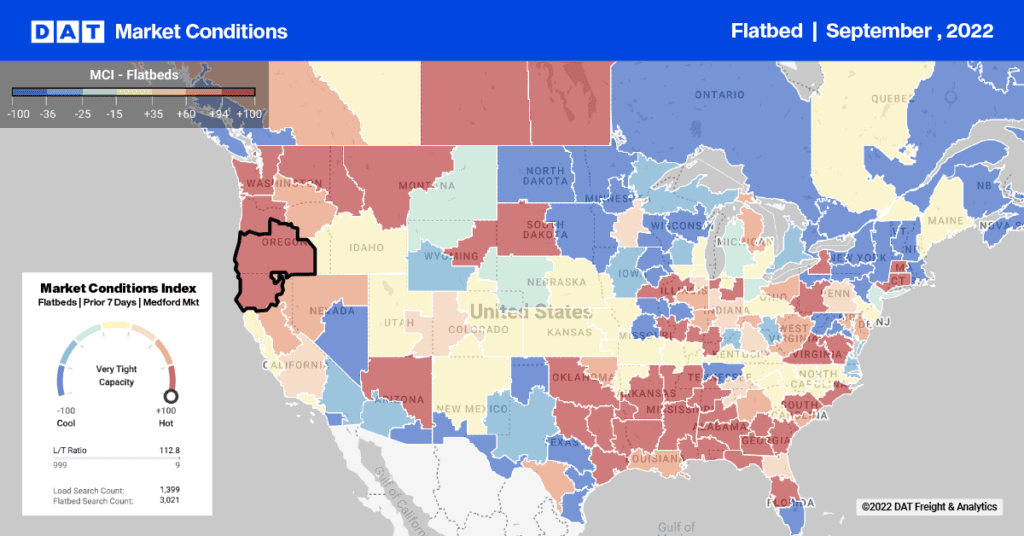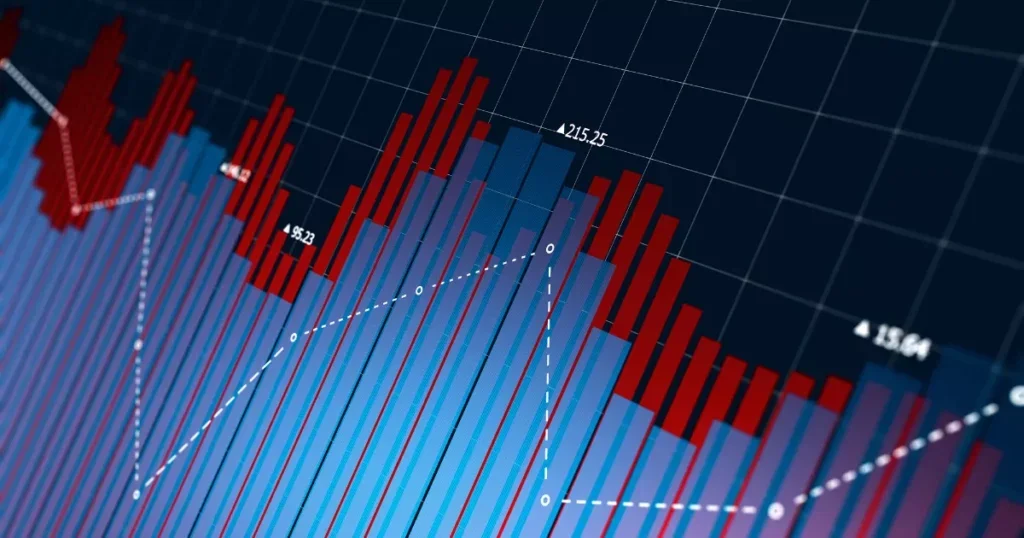TransFX recently announced a strategic partnership with DAT for the development of trucking futures contracts. Citing exhaustive research it did with more than 200 trucking industry CEO’s, TransFX deemed DAT’s truckload rate information “the de facto industry standard.”
The choice underscores the value of the proprietary technology and data integrity processes DAT uses to provide reliable truckload rate data collected in DAT RateView™ from the $33 billion in actual transactions between load providers and carriers annually across 66,000 lanes in the United States and Canada.
Hedging against market volatility
Learn More About DAT RateView
TransFX intends to develop the first regulated trucking futures contracts, known as TransRisk. Contract settlement will occur using reference price data provided by DAT. It is important to note that TransFX will have access to less than 1% of the rate data DAT collects and publishes to the industry.
The TransRisk futures contracts will provide a new way for brokers, carriers, and shippers to hedge against market volatility and exposure on major U.S. trucking lanes. Hedging and futures contracts are common in markets as varied as maritime, airline and trucking fuel, grains, and other commodities. See TransRisk.com for a more complete description of what TransFX intends to create.
Why Use Spot Market Data for a Futures Exchange?
Spot market rates in DAT RateView are based on actual rates that brokers have paid to carriers to move freight that is not under contract. Unlike contract rates, which tend to be stable and change slowly, spot rates can be highly volatile throughout a work day, week, and/or month due to sudden shifts in supply and demand. Examples of this are shippers’ urgent need to clear end-of-quarter inventory, weather events such as the Polar Vortex of 2014, and the 2016 Hanjin bankruptcy that disrupted freight coming into and going out of Los Angeles.
The spot market also handles “exception freight,” which becomes available when a carrier opts not to provide capacity at the contracted price with a shipper. Depending on market conditions, spot market freight can account for 20% to 40% of commercial truckload moves.
An upcoming blog post will provide a detailed explanation of the technology and processes involved in calculating DAT’s truckload rate data.

DAT RateView displays current and historical rate information on more than 66,000 lane pairs across North America. To learn more about DAT RateView, send us an email or call 800.547.5417.


